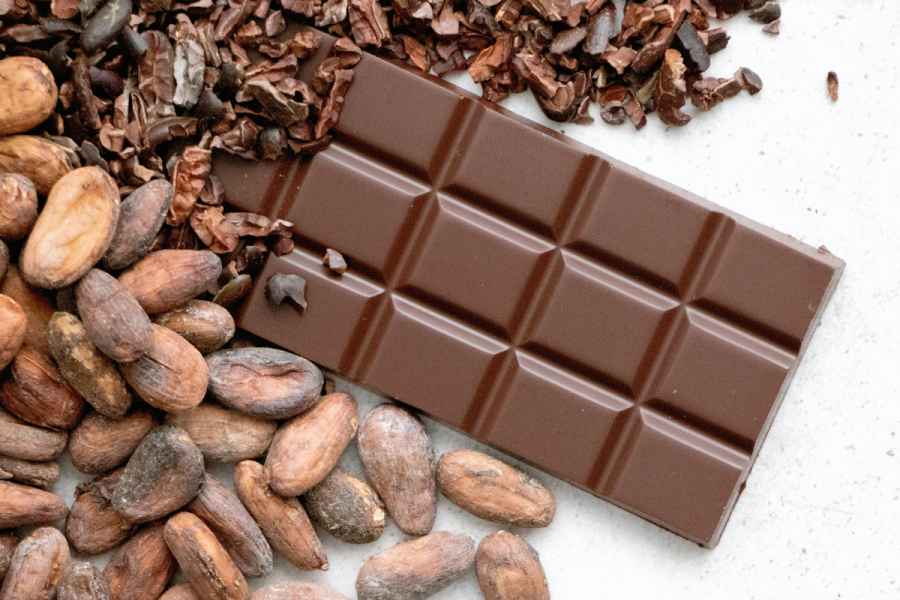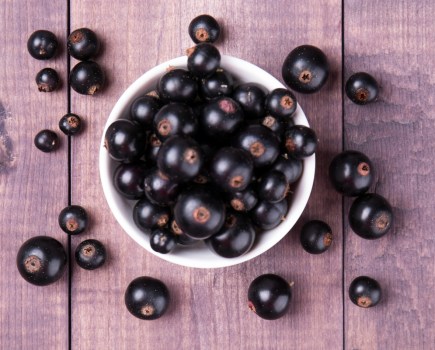Enjoying a chocolate or two at Easter is a treat most of us relish, but too much sweet stuff can have a negative impact. Nutritionist and author Pauline Cox explains how you can still enjoy mood-boosting chocolate without the health risks.
The shelves have been lined with chocolate for months, but Easter is finally approaching! You may think in order to stay healthy you need to avoid chocolate — something which becomes increasingly difficult as the holiday season rolls around — but nutritionist Pauline Cox disagrees.
She gave us her top tips for enjoying the chocolate you love (which is great for mood boosting and mental health!) while avoiding any negative health ramifications.
Find the good stuff
Chocolate has a bad rap for being an unhealthy food responsible for weight gain, when actually, it has some great health benefits, providing you’re having the right kind. There are big differences between nutritional values of the various types. Different chocolate brands use different beans, which give chocolate bars their distinct flavour – it can take time to get used to the darker versions.
Aim high
Dark chocolate has less sugar and a higher content of cacao solids than milk chocolate. Keep an eye on the label and look for a cocoa content of 80 per cent or higher. Dark chocolate contains a compound called anandamide, which acts on receptors in your brain to improve mood. Dark chocolate with some low-sugar, fibre-rich fruit such as raspberries or strawberries is a great way of enjoying it.

Go raw
Raw chocolate, also called cacao, is made from raw, unroasted beans. Lower processing temperatures help the chocolate retain more nutrients, which can otherwise be destroyed in the roasting process. Cacao is a rich source of magnesium, a mineral in which many of us are deficient. It’s also a good source of iron, potassium, calcium and zinc, as well as mood-boosting flavonoids that give chocolate its feelgood factor.
Back to basics
The fewer ingredients in your chocolate, the better. Often food labels read like a lab experiment, with complex chemical compounds and ingredients that are unrecognisable. Keep it simple: cocoa solids, cocoa butter and a sweetener such as unrefined cane sugar, coconut sugar or a low-carb sugar such as erythritol, are all simple, real ingredients to look out for on a label.

Choc choices
Despite the range of health benefits, chocolate should be consumed in moderation, so remember these top tips for choosing good quality chocolate.
Try raw for more nutrients — High-quality and healthy Ombar Raw Organic Chocolate Bars (from £2, sowandarrow.com) range from mild up to a 100 per cent raw cacao bar – delicious!
Bitter is better — Over time you can train your palate to enjoy darker chocolate. Easing yourself from a 60 per cent bar to 75 per cent and eventually 90 per cent gives a higher nutrient content and a lower sugar load to your body.
Eat your treat after a meal — When you eat sweeter foods, such as a biscuit, chocolate or cake, after a meal, there is less of an impact on your blood sugar levels – good news for your waistline! So, a square or two of chocolate (the darker the better) after dinner is fine.
For a range of low-sugar treats, head to low-carb specialists Sow & Arrow. For more information on healthy food choices and balancing blood sugars, follow Pauline at instagram.com/paulinejcox.
Read more: 8 ways to shift your mindset for healthy weight loss








